“To be a poor man is hard, but to be a poor race in a land of dollars is the very bottom of hardships” - W.E.B. Du Bois
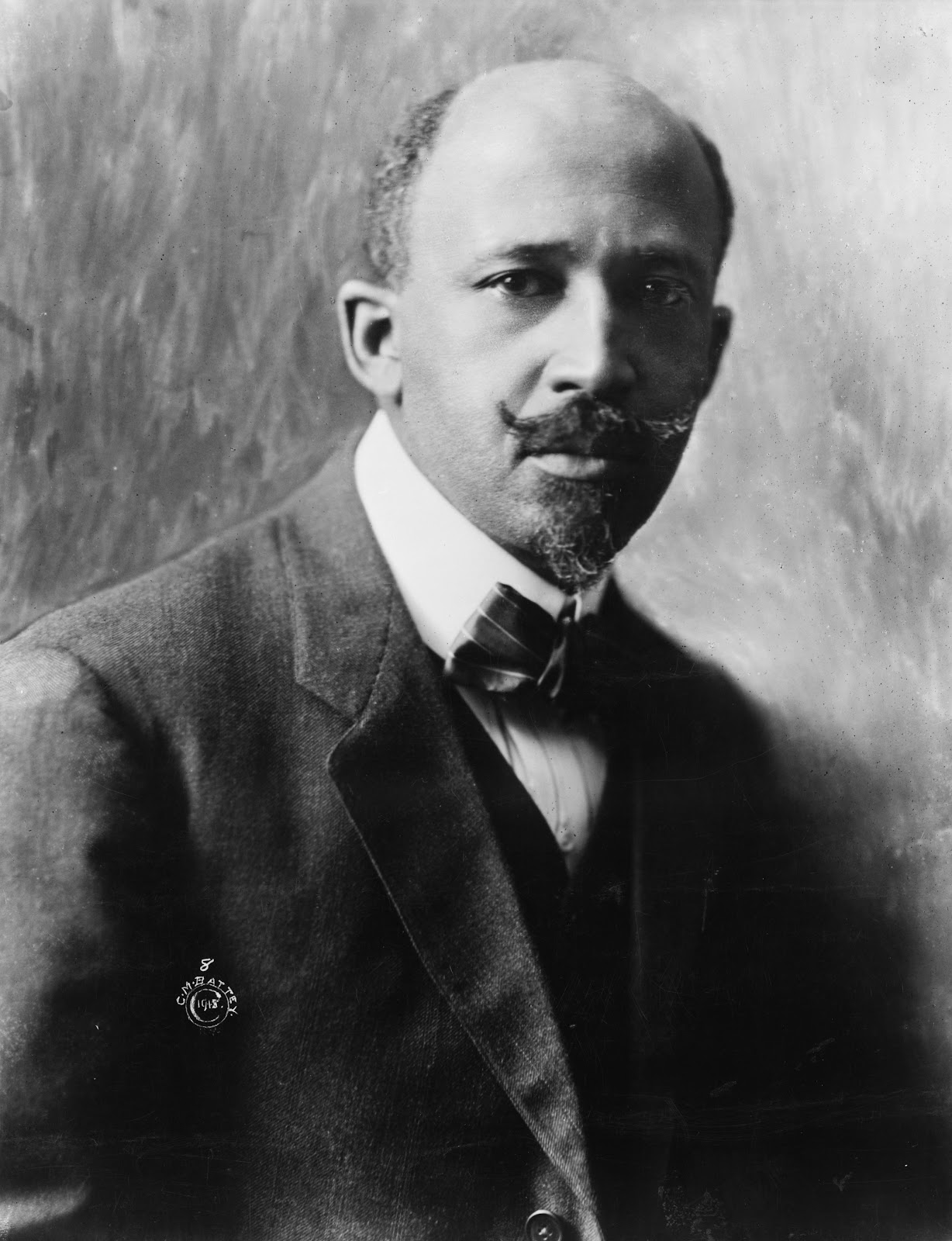 (W.E.B. Du Bois)
(W.E.B. Du Bois)
W.E.B. Du Bois, was born as William Edward Burghardt Du Bois on February 23rd 1868 in Great Barrington, Massachusetts, USA. Du Bois attended Fisk University in Nashville, TN from 1885 to 1888.
 (Du Bois as a young man)
(Du Bois as a young man)
From 1888 to 1890 he attended Harvard University.
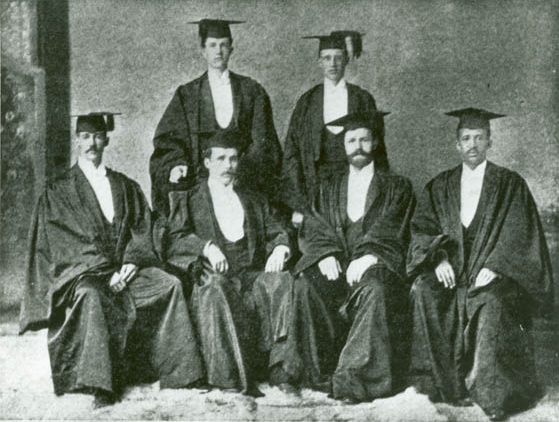 (Du Bois (1st to the right bottom row) while in Harvard)
(Du Bois (1st to the right bottom row) while in Harvard)
In 1892 Du Bois received a fellowship to attend the University of Berlin. In 1895 he became the 1st African American to receive a Ph.D. from Harvard. In 1896 he performed sociological field research in Philadelphia's African American neighborhoods, which formed the foundation for his landmark study, The Philadelphia Negro (1899). In 1897 Du Bois expanded upon his thesis that African Americans should embrace their African heritage while contributing to American society. Also during this year he took a professorship in history and economics at Atlanta University in Georgia. Du Bois received grants from the U.S. government to prepare reports about the African American workforce and culture. In 1900 Du Bois attended the First Pan-African Conference held in London, England.
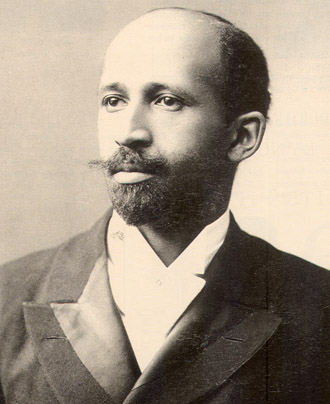 (Du Bois in 1900)
(Du Bois in 1900)
During the early 1900’s Du Bois opposed many ideas of a fellow leader in the Black community, Booker T. Washington. In 1901, Du Bois wrote a review critical of Washington's book Up from Slavery (1901). In 1903 Du Bois wrote a collection of 14 essays and published them as a book called The Souls of Black Folk. The book's effect on African Americans was comparable to that of Uncle Tom's Cabin (1852). In 1905 Du Bois and several other civil rights activists met in Canada near Niagara Falls. They wrote a declaration of principles opposing the Atlanta Compromise, and incorporated as the Niagara Movement in 1906.
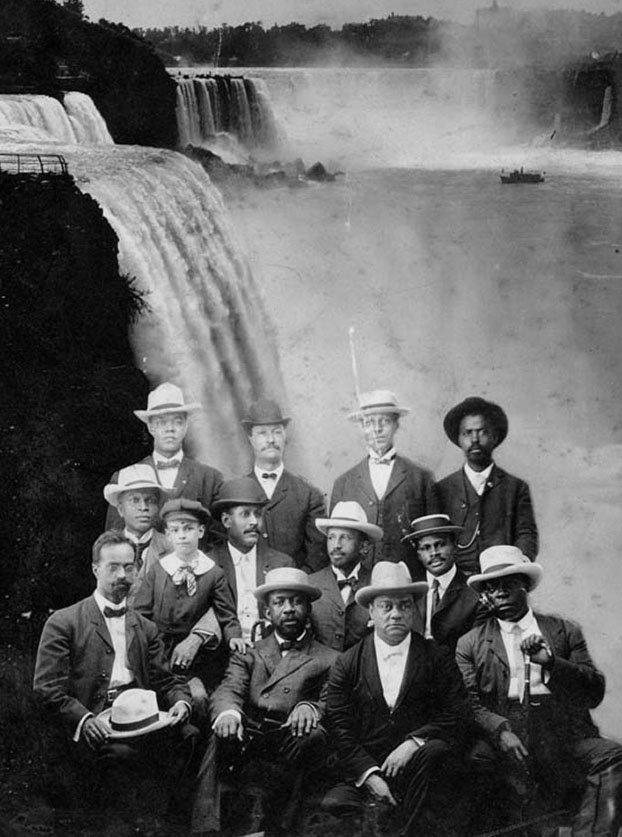 (Du Bois (Middle row, 2nd from the right) at the Niagara Movement)
(Du Bois (Middle row, 2nd from the right) at the Niagara Movement)
After multiple violent events against Blacks in 1906 Du Bois urged blacks to withdraw their support from the Republican Party, because Republicans Roosevelt and William Howard Taft did not sufficiently support blacks. In 1909 he wrote a biography of abolitionist John Brown. Also in 1909 Du Bois was the first African American invited by the American Historical Association (AHA) to present a paper at their annual conference. In 1910, at the second National Negro Conference, the attendees created the National Association for the Advancement of Colored People (NAACP).
 (The NAACP)
(The NAACP)
Du Bois suggested using the word colored to involve other colored races to help with the organization. NAACP leaders offered Du Bois the position of Director of Publicity and Research and he accepted. In 1911 he attended the First Universal Races Congress in London, England. In 1915 Du Bois wrote that the scramble for Africa was at the root of World War I. Du Bois led to fight against the release of the movie The Birth of a Nation (1915) because of its racist portrayal of blacks as brutish and lustful. Du Bois traveled to Europe in 1919 to attend the first Pan-African Congress and to interview African American soldiers for a planned book on their experiences in World War I. After returning from Europe, Du Bois was more determined than ever to gain equal rights for African Americans. In 1920, Du Bois published Darkwater: Voices From Within the Veil. Between 1922 and 1924 Du Bois wrote in the NAACP’s magazine, The Crisis, about how Marcus Garvey was the “most dangerous enemy of the Negro race in America and the world”. A rivalry emerged in 1931 between the NAACP and the Communist Party, when the Communists responded quickly and effectively to support the Scottsboro Boys, which were 9 African American youth arrested in 1931 in Alabama for the rape of 2 white women. Du Bois and the NAACP felt that the case would not be beneficial to their cause. In 1934 Du Bois resigned from the NAACP. Du Bois took a trip around the world in 1936, which included visits to Nazi Germany, China and Japan. In 1941 Du Bois opposed the U.S. intervention in World War II, particularly in the Pacific, because he believed that China and Japan were emerging from the clutches of white imperialists. In 1942 the FBI began to compile a file on Du Bois. In 1943 Du Bois was fired from his position at Atlanta University which caused outrage by other scholars. Turning down job offers from Fisk and Howard, Du Bois re joined the NAACP as director of the Department of Special Research.
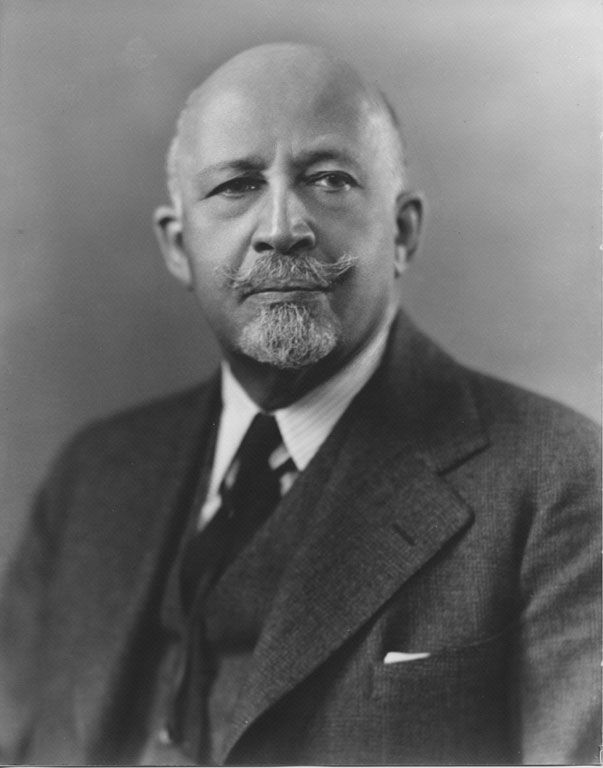 (Du Bois in 1943)
(Du Bois in 1943)
In 1945, Du Bois attended the final, Pan-African Congress, in Manchester, England. There Du Bois met Kwame Nkrumah, the future 1st president of Ghana who would later invite Du Bois to Africa. During the 1950s, the U.S. government's anti communist McCarthyism campaign targeted Du Bois because of his socialist leanings. In 1950 Du Bois ran for US Senator from New York on the American Labor Party ticket. In 1953 when Joseph Stalin died Du Bois wrote a eulogy of him. In 1958 Du Bois visited China.
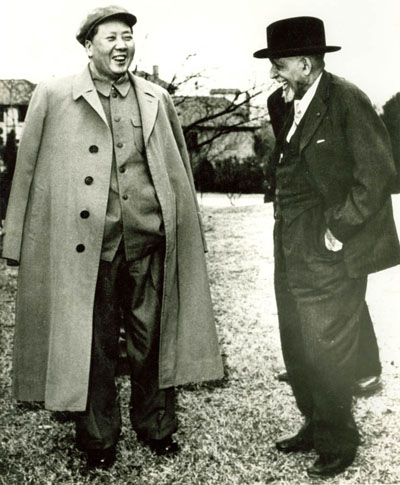 (Mao Tse Tung (Left) and Du Bois (Right))
(Mao Tse Tung (Left) and Du Bois (Right))
In 1963 Du Bois visited Ghana and met with Kwame Nkrumah.
 (Du Bois (Left) and Kwame Nkrumah (Right))
(Du Bois (Left) and Kwame Nkrumah (Right))
On August 27th 1963 Du Bois died in Accra, Ghana. He was 95 years old.
 (Du Bois’ funeral in Ghana)
(Du Bois’ funeral in Ghana)
Today is his 148th birthday and we would all like to say happy birthday and rest in peace W.E.B. Du Bois.
Books by W.E.B. Du Bois
The Study of the Negro Problem (1898)
The Philadelphia Negro (1899)
The Negro in Business (1899)
The Souls of Black Folk (1903)
The Talented Tenth (1903)
Voice of the Negro II (1905)
John Brown: A Biography (1909)
Efforts for Social Betterment Among Negro Americans (1909)
Atlanta University’s Studies of the Negro Problem (1910)
The Negro (1915)
The Gift of Black Folk (1924)
Africa, Its Geography, People and Products (1930)
Africa: Its Place in Modern History (1930)
Black Reconstruction in America (1935)
What the Negro Has Done for the United States and Texas (1936)
Black Folk, Then and Now (1939)
Color and Democracy: Colonies and Peace (1945)
The Encyclopedia of the Negro (1946)
The World and Africa (1946)
The World and Africa, an Inquiry into the Part Which Africa Has Played in World History (1947)
Peace is Dangerous (1951)
I Take My Stand for Peace (1951)
In Battle for Peace (1952)
Africa in Battle Against Colonialism, Racialism, Imperialism (1960)
(P.S. Sorry for the late entry)